Whether or not Columbus was the first foreigner to discover the Americas has been widely debated, perhaps even more so in Scandinavia than in the United States.
According to many, the first foreigner to discover North America was a Scandinavian Viking by the name of Leif Ericsson. However, the Scandinavians might not only have been the first to discover North America – but Sweden was namely also one of the first countries to colonize parts of the United States.
Modern-day Sweden is considered a neutral and peaceful country. To this date, Sweden hasn’t participated in a war for over 200 years. But just about 400 years ago, Sweden was one of the biggest superpowers in Europe, with an empire consisting of the entirety of Finland, some portions of Norway, Poland, the Baltic countries, Germany, and what would be the United States.
Bet you didn’t see that one coming…
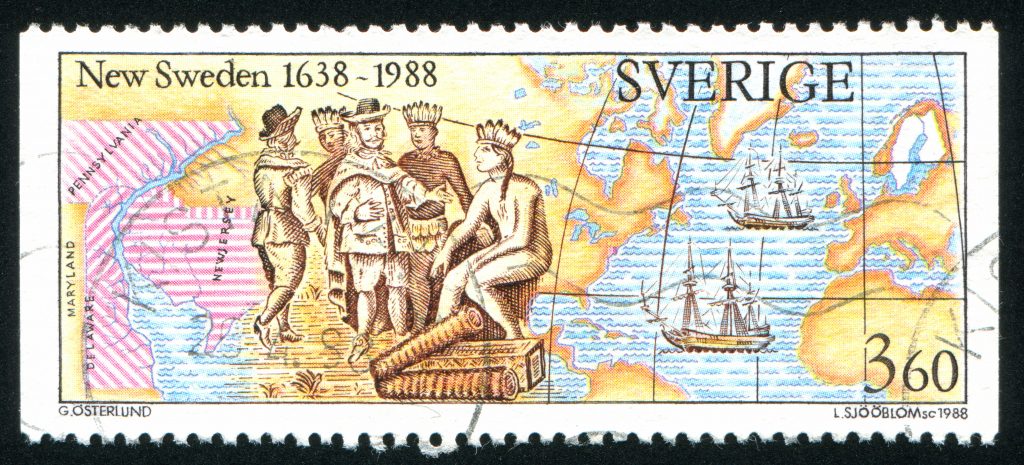
In 1637, a group of businessmen including Swedish, Dutch and German individuals decided that they wanted in on the lucrative business of fur and tobacco trade in North America. One of the men leading the expedition, the Dutchman Peter Minuit, had previously been a part of establishing Dutch settlements in the United States, among them being New Amsterdam (New York) which he had purchased himself in favor of the Dutch.
The following year, two ships- Fogel Grip (directly translated to Bird Grip) and Kalmar Nyckel (translated to Kalmar Key) arrived on the northern coast of Delaware; new settlements developed along the Delaware River such as Wilmington, Philadelphia, New Stockholm, Swedesboro, etc. and together formed the colony of New Sweden.
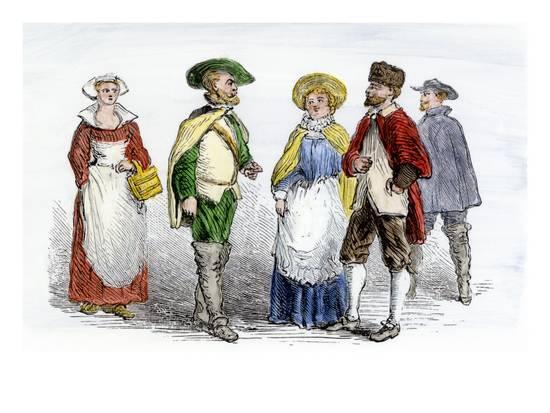
This how Swedish settlers most likely looked like in the regions around Delaware.
Credit: North Wind Press
When the collection of around 25 men, landed in Wilmington, the leader of the expedition Peter Minuit met with the local tribes and purchased large swathes of land from them. This land was carefully chosen to make carrying out a trade with the local tribes easy.
The colonies had a fairly positive relationship with some of the most prominent Native American tribes in the area and this included the powerful Susquehannock. The Swedes traded firearms for fur and even assisted the tribe in wars against the colony of Lord Baltimore.
The original version of this article was first published on November 5, 2017.
For more information on Sweden’s first colonies in North America, visit:
https://en.wikipedia.org/wiki/New_Sweden
http://colonialswedes.net/History/History.html
http://colonialswedes.net/History/History.html
https://en.wikipedia.org/wiki/Lutheranism_by_region
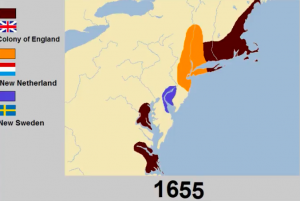
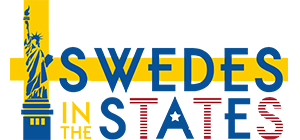
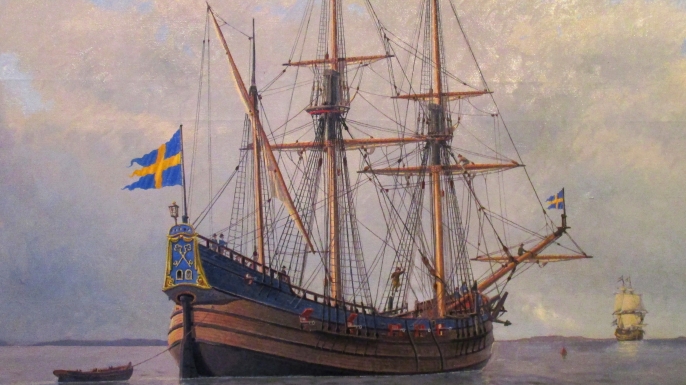



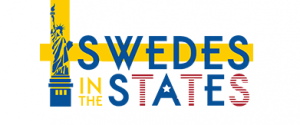
My last name is Ericsson… I am a 4th generation…Swedish American and proud of my heritage and accomplishments… Halsa Alla…
I am a 2nd generation Swedish American.
Whereas he wasn’t a colonizer or part of Sweden’s efforts, Jonas Jonasson Bronck had settled in Amsterdam, married a Dutch woman, and set sail on a Dutch ship for the Dutch colony of Niew Amsterdam and settled on a 500-acre parcel he bought to farm. Jonas Bronck was a Swede. He was from Komstad, near Sävsjö, in Småland. His name, although in a corrupted form, continues to this day in New York City. The Bronx. It is the only part of New York City that not an island or part of an island.
[…] Swedes Were Among The First Colonizers In North […]
I am second generation – Swedish and Norwegian. However, as proud as I am of my immigrant grandparents and the culture from which they came, I have to take exception to the consistent use in this article of “discover”. Whether we go as far back as Leif Ericsson or not, none of these explorers/immigrants “discovered” America or any part of it. There were cultures already in existence here. They can, quite rightly, be called ‘colonizers’ not ‘discoverers’. I’d also say that there is no debate about Columbus. He most clearly wasn’t here first – in any way, and on top of that stumbled on Hispaniola thinking he’d landed in India?!!